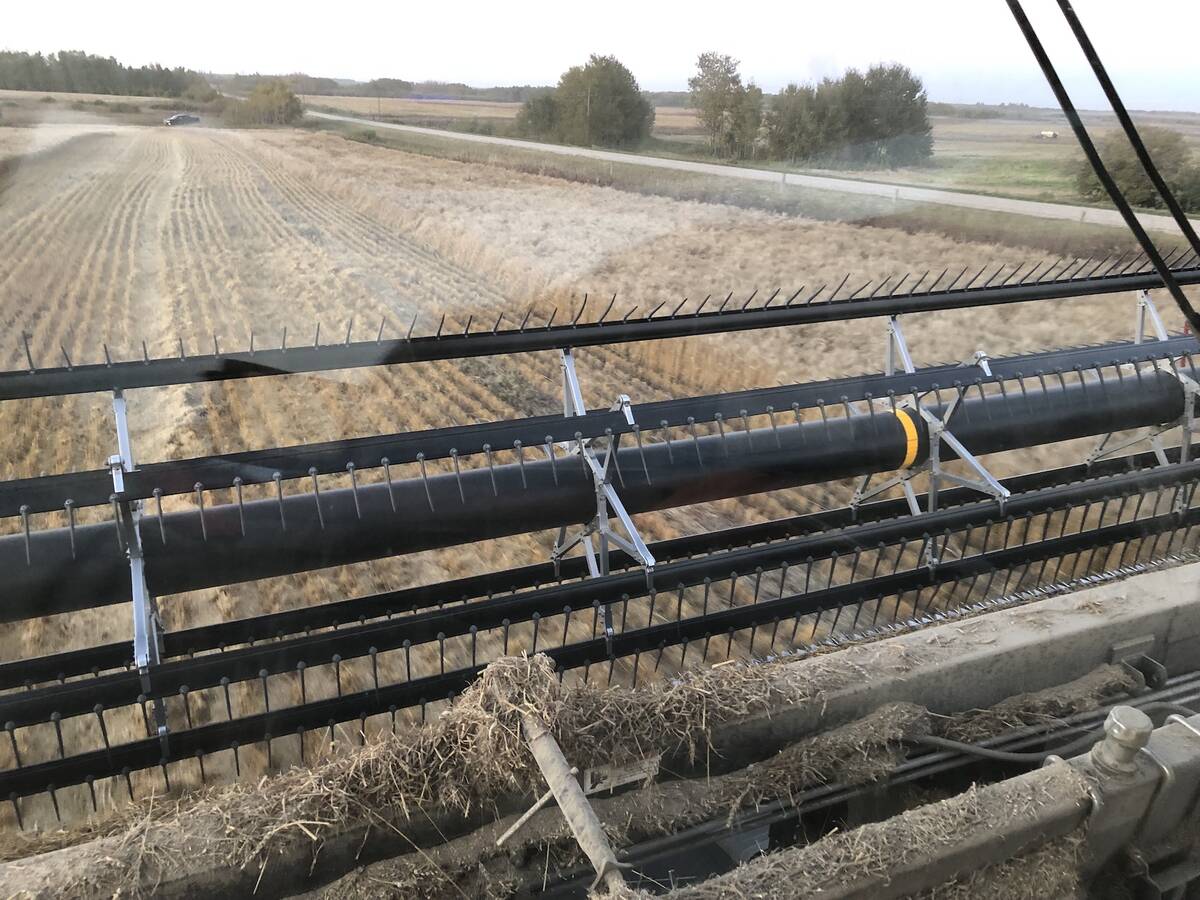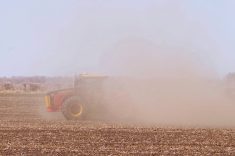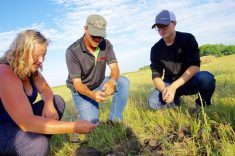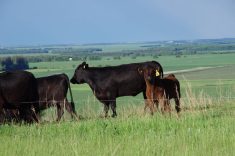The Prairie provinces are being disingenuous in their failure to take responsibility for AgriStability reform talks that floundered largely due to their tight pockets.
Yes, the AgriStability saga between Prairie provinces and the federal government continues, despite the two sides agreeing on a major reform.
After more than a year of back-and-forth negotiations, provinces agreed with Ottawa to remove the reference margin limit from AgriStability, but the prospect of further short-term changes remains dim.
Removing the reference margin makes the program easier to access and comes at an additional cost, shared at a 60/40 level between the provinces and feds.
Read Also

The poetic epic of Manitoba farming 2025
Former Manitoba Co-operator editor John Morriss returns for his yearly poetic sum up of the farming year and look ahead into 2026.
And while all involved should be happy, an additional change that would have seen producers receive more money from the program was shut down by the Prairie provinces, that argued it would cost them too much.
Alberta Minister of Agriculture and Forestry Devin Dreeshen said on social media he was “disappointed that the federal government chose to withhold $75 million out of the $170 million it publicly communicated… ”
What he failed to mention is that 40 per cent of that $75-million figure would traditionally come from the provinces, but that didn’t happen this time.
He told an Alberta radio station he was “a little disappointed, I guess, by the federal government to not actually come to the table with its extra funding when it came to AgriStability.”
Such criticism is misleading, and wrongly places the blame on Ottawa.
Federal Minister of Agriculture Marie-Claude Bibeau says the federal money “remains on the table” but that the Prairie provinces aren’t willing to take this step.
Basically, the federal government is willing to unlock $45 million to increase compensation rates to farmers, so long as the provinces agree to collectively contribute $30 million.
For context, consider the Alberta government was willing to spend $30 million a year in 2019 to fund a so-called “energy war room” tasked with promoting the oil and gas industry.
While Prairie provinces have complained about the costs for months, Bibeau has been clear her government is committed to removing the reference margin limit and increasing compensation rates, provided the provinces continued to accept the long-agreed-upon 60-40 cost split.
Even before making a specific proposal late last year, Bibeau wasn’t shy about telling producers and the provinces her Liberal government was willing to spend money to improve the program.
Dreeshen and his Prairie colleagues have criticized AgriStability’s effectiveness and touted the merits of alternative business risk management programs, but have been reluctant to make any commitments themselves.
Ultimately, it is the responsibility of Bibeau to manage relationships with the provinces and ensure cordiality – that’s the burden she carries as the federal minister.
But she made a good point when recently asked about the role provinces play in these negotiations.
“Agriculture is a shared responsibility. We have all signed together an agreement on business risk management programs, and there are rules to follow,” she said. “I still believe that 60/40 is a fair cost share, and that the provinces have the responsibility to contribute and choose to support their farmers.”
















